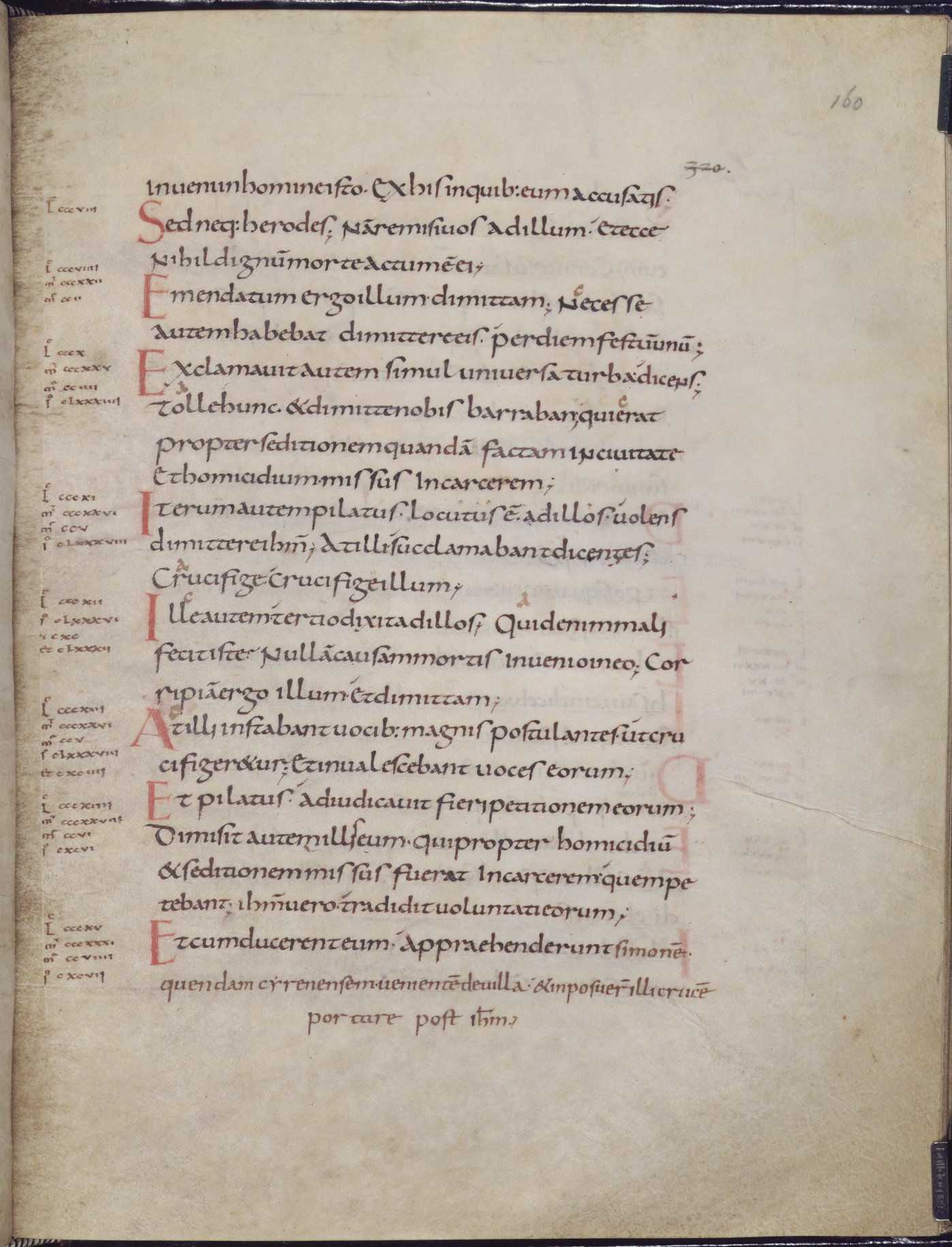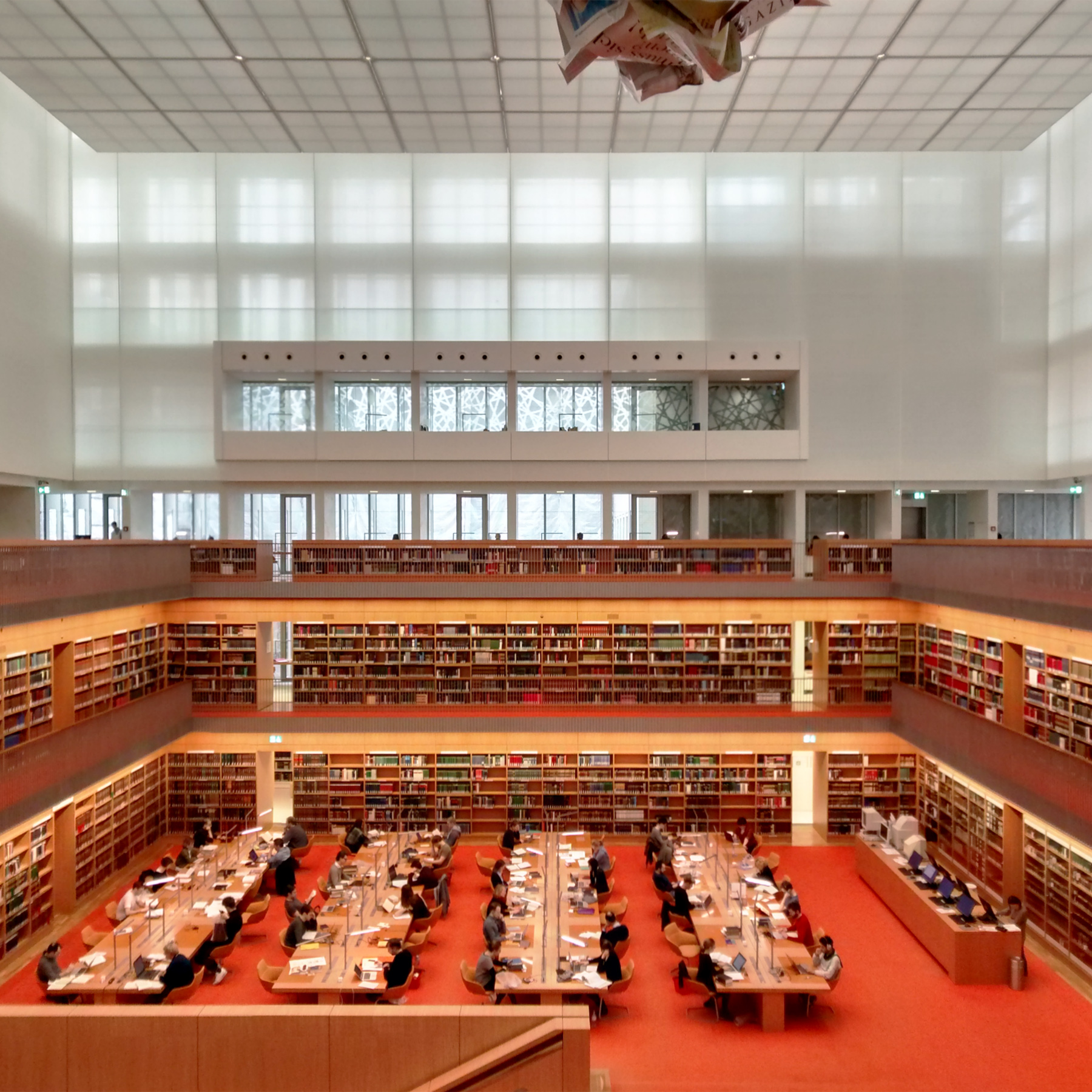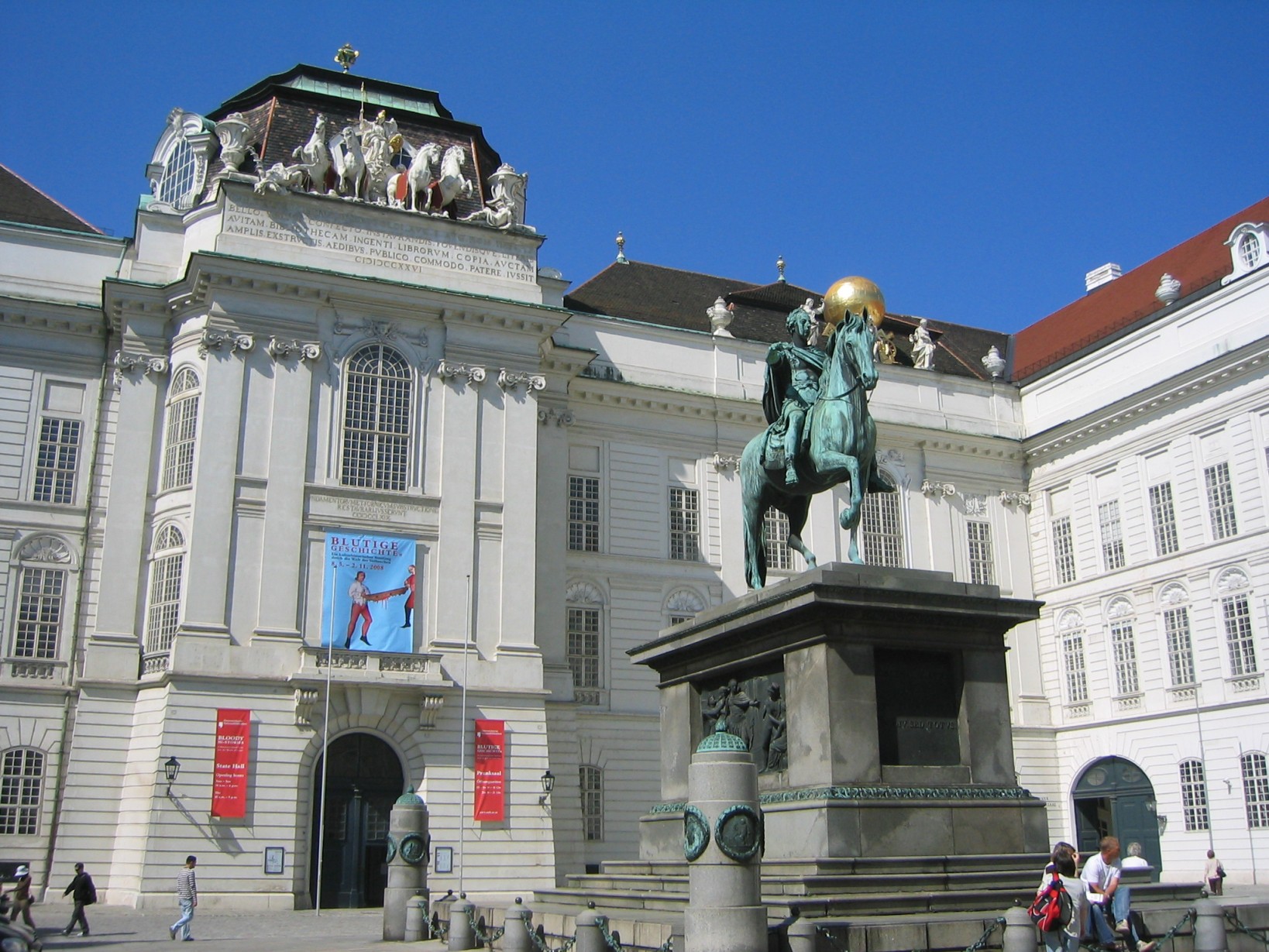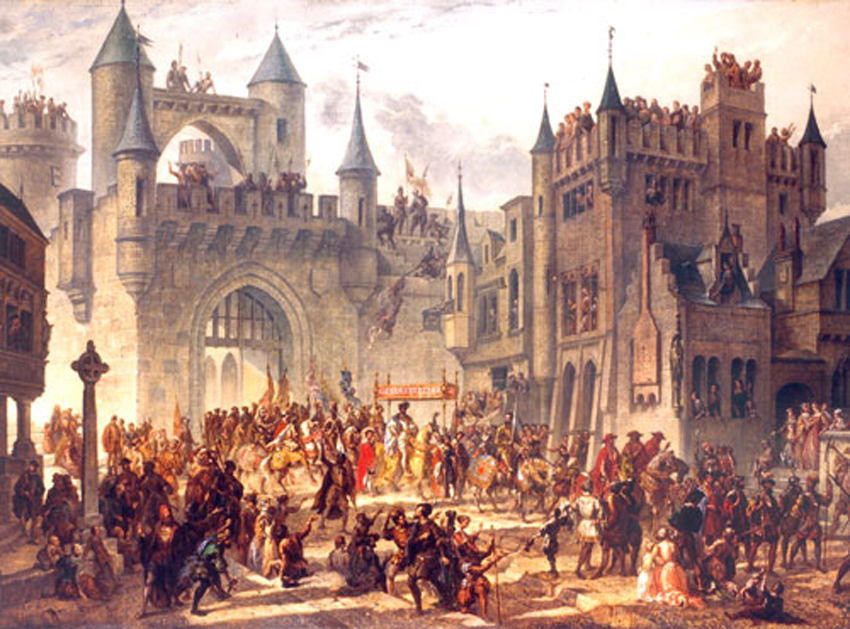|
Handbook Of 809
The so-called ''Aachen Compilation of 809–812'', also called (by Ramírez-Weaver in his 2008 dissertation) the ''Handbook of 809'' is a Carolingian astronomical compendium, compiled by a group of astronomers who gathered at the court of Charlemagne at Aachen in the year 809. History Charged with assessing the state of current knowledge about the heavens, they drew from classical sources such as the ''Historia naturalis'' by Pliny and the Greek tradition based on the ''Phaenomena'' by Aratus of Soli. But the aim of the Carolingian review of astronomy was to Christianize this "pagan" scientific tradition, using a strategy which attempted to keep as much material as possible of the ancient authors while taking care to alter some details which had given cause for concern in early medieval Christian doctrine. An influential contributor was Adalard of Corbie, Charlemagne's cousin. He brought with him the texts ''Excerptum de astrologia'' and ''De ordine ac positione stellarum ... [...More Info...] [...Related Items...] OR: [Wikipedia] [Google] [Baidu] |
Tours
Tours ( ; ) is the largest city in the region of Centre-Val de Loire, France. It is the Prefectures in France, prefecture of the Departments of France, department of Indre-et-Loire. The Communes of France, commune of Tours had 136,463 inhabitants as of 2018 while the population of the whole functional area (France), metropolitan area was 516,973. Tours sits on the lower reaches of the Loire, between Orléans and the Atlantic Ocean, Atlantic coast. Formerly named Caesarodunum by its founder, Roman Augustus, Emperor Augustus, it possesses one of the largest amphitheaters of the Roman Empire, the Tours Amphitheatre. Known for the Battle of Tours in 732 AD, it is a National Sanctuary with connections to the Merovingian dynasty, Merovingians and the Carolingian dynasty, Carolingians, with the Capetian dynasty, Capetians making the kingdom's currency the Livre tournois. Martin of Tours, Saint Martin and Gregory of Tours were from Tours. Tours was once part of Touraine, a former provi ... [...More Info...] [...Related Items...] OR: [Wikipedia] [Google] [Baidu] |
Carolingian Latin Literature
The Carolingian dynasty ( ; known variously as the Carlovingians, Carolingus, Carolings, Karolinger or Karlings) was a Frankish noble family named after Charles Martel and his grandson Charlemagne, descendants of the Arnulfing and Pippinid clans of the 7th century AD. The dynasty consolidated its power in the 8th century, eventually making the offices of mayor of the palace and '' dux et princeps Francorum'' hereditary, and becoming the ''de facto'' rulers of the Franks as the real powers behind the Merovingian throne. In 751 the Merovingian dynasty which had ruled the Franks was overthrown with the consent of the Papacy and the aristocracy, and Pepin the Short, son of Martel, was crowned King of the Franks. The Carolingian dynasty reached its peak in 800 with the crowning of Charlemagne as the first Emperor of the Romans in the West in over three centuries. Nearly every monarch of France from Charlemagne's son Louis the Pious until the penultimate monarch of France Louis Phi ... [...More Info...] [...Related Items...] OR: [Wikipedia] [Google] [Baidu] |
Leiden Aratea
Leiden University Library, VLQ 79, also called the Leiden Aratea, is an illuminated copy of an astronomical treatise by Germanicus, based on the ''Phaenomena'' of Aratus. The manuscript was created in the region of Lorraine and has been dated to around 816. It was produced at the court of Louis the Pious, who ruled from 814–840. It is one of the four Carolingian codices that were produced in his court. There are many translations and copies of this text, so it is very well known throughout the Middle East and Europe. There are 99 extant folios measuring ; four were lost before 1600. Besides these four, the manuscript is complete. The work contains 39 miniatures, including some of the first artistic depictions on paper of the Greek constellations. The artist has made no effort to place the stars correctly according to their positions in the sky so the images cannot be considered true star charts. History Provenance The Leiden Aratea was created for a wealthy patron, possibly ... [...More Info...] [...Related Items...] OR: [Wikipedia] [Google] [Baidu] |
Carolingian Renaissance
The Carolingian Renaissance was the first of three medieval renaissances, a period of cultural activity in the Carolingian Empire. Charlemagne's reign led to an intellectual revival beginning in the 8th century and continuing throughout the 9th century, taking inspiration from ancient Roman and Greek culture and the Christian Roman Empire of the fourth century. During this period, there was an increase of literature, writing, visual arts, architecture, music, jurisprudence, liturgical reforms, and scriptural studies. Carolingian schools were effective centers of education, and they served generations of scholars by producing editions and copies of the classics, both Christian and pagan. The movement occurred mostly during the reigns of Carolingian rulers Charlemagne and Louis the Pious. It was supported by the scholars of the Carolingian court, notably Alcuin of York. Charlemagne's '' Admonitio generalis'' (789) and '' Epistola de litteris colendis'' served as manifesto ... [...More Info...] [...Related Items...] OR: [Wikipedia] [Google] [Baidu] |
Musée Condé
The – in English, the Condé Museum – is a French museum located inside the Château de Chantilly in Chantilly, Oise, 40 km north of Paris. In 1897, Henri d'Orléans, Duke of Aumale, son of Louis Philippe I, bequeathed the château and its collections to the Institut de France. It included rooms remodeled as museum spaces and those left as residential quarters in the styles of the 18th and 19th centuries. Collections The collection of old master paintings is among the most important in France. It consists predominantly of Italian and French works and includes three paintings by Fra Angelico, three by Raphael, five by Nicolas Poussin, four by Antoine Watteau and five signed by Jean-Auguste-Dominique Ingres. The museum harbors a collection of 2,500 drawings and a library including 1,500 manuscripts, of which 200 are illuminated. The most renowned of the latter are the ''Très Riches Heures du Duc de Berry The (; ), or , is an illuminated manuscript that was crea ... [...More Info...] [...Related Items...] OR: [Wikipedia] [Google] [Baidu] |
National Library Of Russia
The National Library of Russia (NLR, , ''РНБ''), located in Saint Petersburg, is the first, and one of three national public libraries in Russia. The NLR is currently ranked among the world's major libraries. It has the second biggest library collection in the Russian Federation, a treasury of national heritage, and is the All-Russian Information, Research and Cultural Center. Over the course of its history, the library has aimed for comprehensive acquisition of the national printed output and has provided free access to its collections. It was known as the ''Imperial Public Library'' from 1795 to 1917; ''Russian Public Library'' from 1917 to 1925; ''State Public Library'' from 1925 to 1992 (since 1932 named after M.Y. Saltykov-Shchedrin); and since 1992 as the National Library of Russia (NLR). History Establishment The Imperial Public Library was established in 1795 by Catherine the Great. It was based on the Załuski Library, the famous Polish national library built by ... [...More Info...] [...Related Items...] OR: [Wikipedia] [Google] [Baidu] |
Vatican Library
The Vatican Apostolic Library (, ), more commonly known as the Vatican Library or informally as the Vat, is the library of the Holy See, located in Vatican City, and is the city-state's national library. It was formally established in 1475, although it is much older—it is one of the oldest libraries in the world and contains one of the most significant collections of historical texts. It has 75,000 codex, codices from throughout history, as well as 1.1 million printed books, which include some 8,500 Incunabulum, incunabula. The Vatican Library is a research library for history, law, philosophy, science, and theology. The Vatican Library is open to anyone who can document their qualifications and research needs. Photocopies for private study of pages from books published between 1801 and 1990 can be requested in person or by mail. Pope Nicholas V (1447–1455) envisioned a new Rome, with extensive public works to lure pilgrims and scholars to the city to begin its transfor ... [...More Info...] [...Related Items...] OR: [Wikipedia] [Google] [Baidu] |
Berlin Staatsbibliothek
The Berlin State Library (; officially abbreviated as ''SBB'', colloquially ''Stabi'') is a universal library in Berlin, Germany, and a property of the German public cultural organization the Prussian Cultural Heritage Foundation (). Founded in 1661, it is among the List of largest libraries, largest libraries in Europe, and one of the most important academic research libraries in the German-speaking world. It collects texts, media and cultural works from all fields across many languages, from all time periods and all countries of the world, and offer them for academic and research purposes. Prominent items in its collection include the oldest biblical illustrations in the fifth-century Quedlinburg Itala fragment, a Gutenberg Bible, the main autograph collection of Johann Wolfgang von Goethe, Goethe, the world's largest collection of Johann Sebastian Bach's and Wolfgang Amadeus Mozart's manuscripts, and the original score of Ludwig van Beethoven's Symphony No. 9 (Beethoven), Sym ... [...More Info...] [...Related Items...] OR: [Wikipedia] [Google] [Baidu] |
Bavarian State Library
The Bavarian State Library (, abbreviated BSB, called ''Bibliotheca Regia Monacensis'' before 1919) in Munich is the central " Landesbibliothek", i. e. the state library of the Free State of Bavaria, the biggest universal and research library in Germany and one of Europe's most important universal libraries. With its collections currently comprising around 10.89 million books (as of 2019), it ranks among the leading research libraries worldwide. The furthermore is Europe's second-largest journals library (after the British Library). Furthermore, its historical holdings encompass one of the most important manuscript collections of the world, the largest collection of incunabula worldwide, as well as numerous further important special collections. Its collection of historical prints before 1850 totals almost one million units. The legal deposit law, still applicable today, has been in force since 1663 and requires that two copies of every printed work published in Bavaria ... [...More Info...] [...Related Items...] OR: [Wikipedia] [Google] [Baidu] |
Österreichische Nationalbibliothek
The Austrian National Library (, ) is the largest library in Austria, with more than 12 million items in its various collections. The library is located in the Neue Burg Wing of the Hofburg in center of Vienna. Since 2005, some of the collections have been relocated within the Baroque structure of the Palais Mollard-Clary. Founded by the Habsburgs, the library was originally called the Imperial Court Library (); the change to the current name occurred in 1920, following the end of the Habsburg Monarchy and the proclamation of the Austrian Republic. The library complex includes four museums, as well as multiple special collections and archives. Middle Ages The institution has its origin in the imperial library of the Middle Ages. During the Medieval period, the Austrian Duke Albert III (1349–1395) moved the books of the Viennese vaults into a library. Albert also arranged for important works from Latin to be translated into German. In the Hofburg, the treasure of Archduke ... [...More Info...] [...Related Items...] OR: [Wikipedia] [Google] [Baidu] |
Metz
Metz ( , , , then ) is a city in northeast France located at the confluence of the Moselle (river), Moselle and the Seille (Moselle), Seille rivers. Metz is the Prefectures in France, prefecture of the Moselle (department), Moselle Departments of France, department and the seat of the parliament of the Grand Est Regions of France, region. Located near the Tri-border area, tripoint along the junction of France, Germany and Luxembourg,Says J.M. (2010) La Moselle, une rivière européenne. Eds. Serpenoise. the city forms a central part of the European Greater Region and the SaarLorLux euroregion. Metz has a rich 3,000-year history,Bour R. (2007) Histoire de Metz, nouvelle édition. Eds. Serpenoise. having variously been a Celts, Celtic ''oppidum'', an important Gallo-Roman city,Vigneron B. (1986) Metz antique: Divodurum Mediomatricorum. Eds. Maisonneuve. the Merovingian capital of Austrasia,Huguenin A. (2011) Histoire du royaume mérovingien d'Austrasie. Eds. des Paraiges. p ... [...More Info...] [...Related Items...] OR: [Wikipedia] [Google] [Baidu] |







